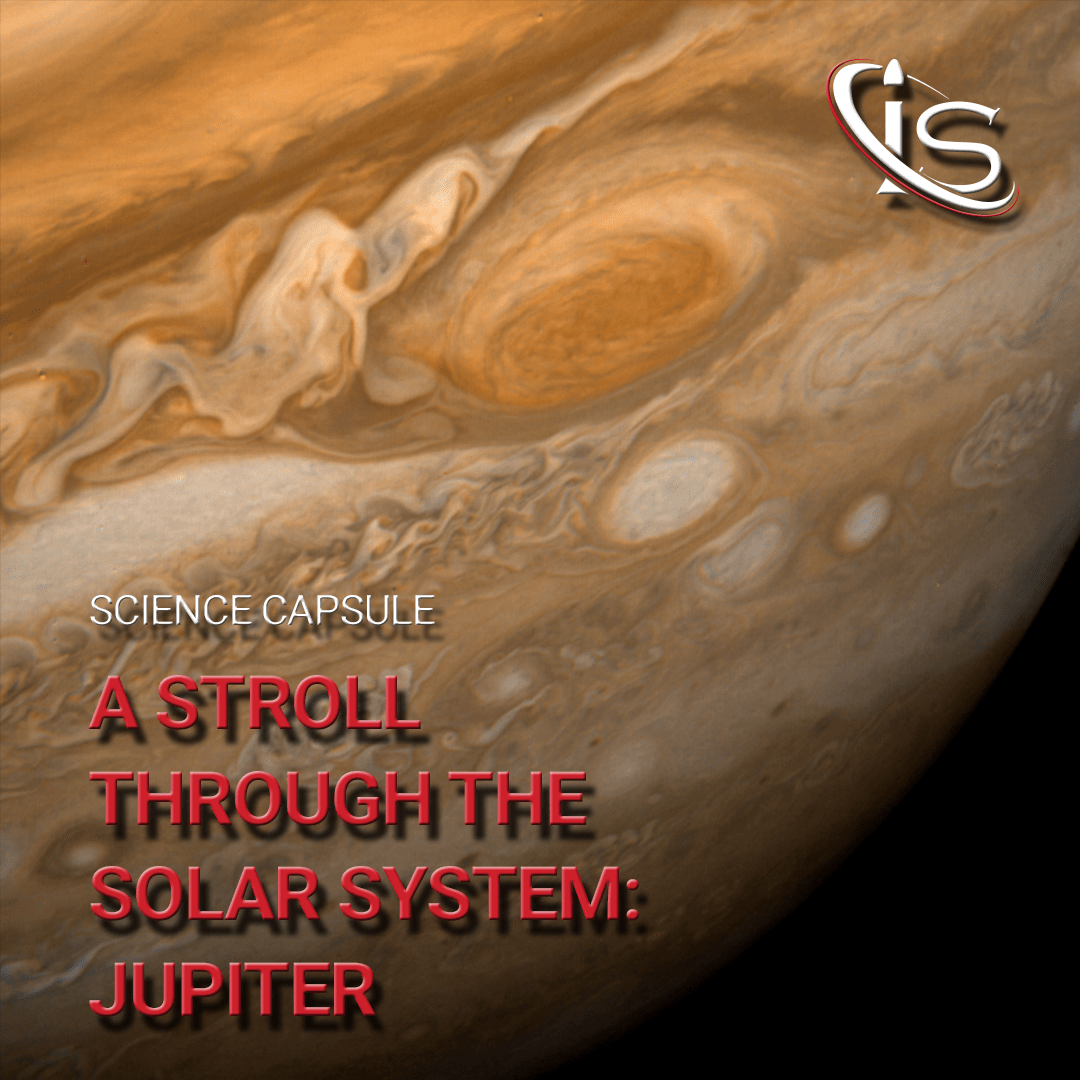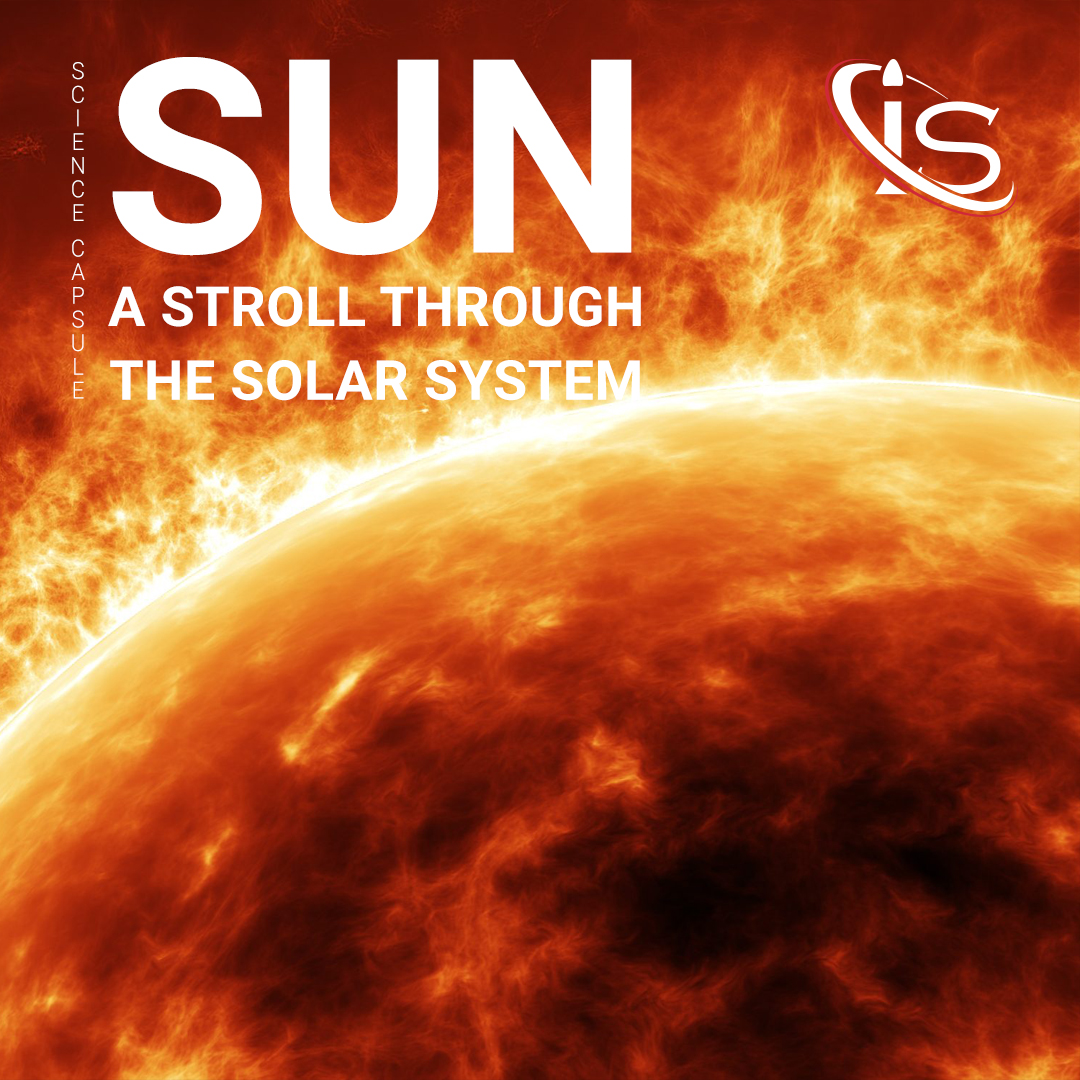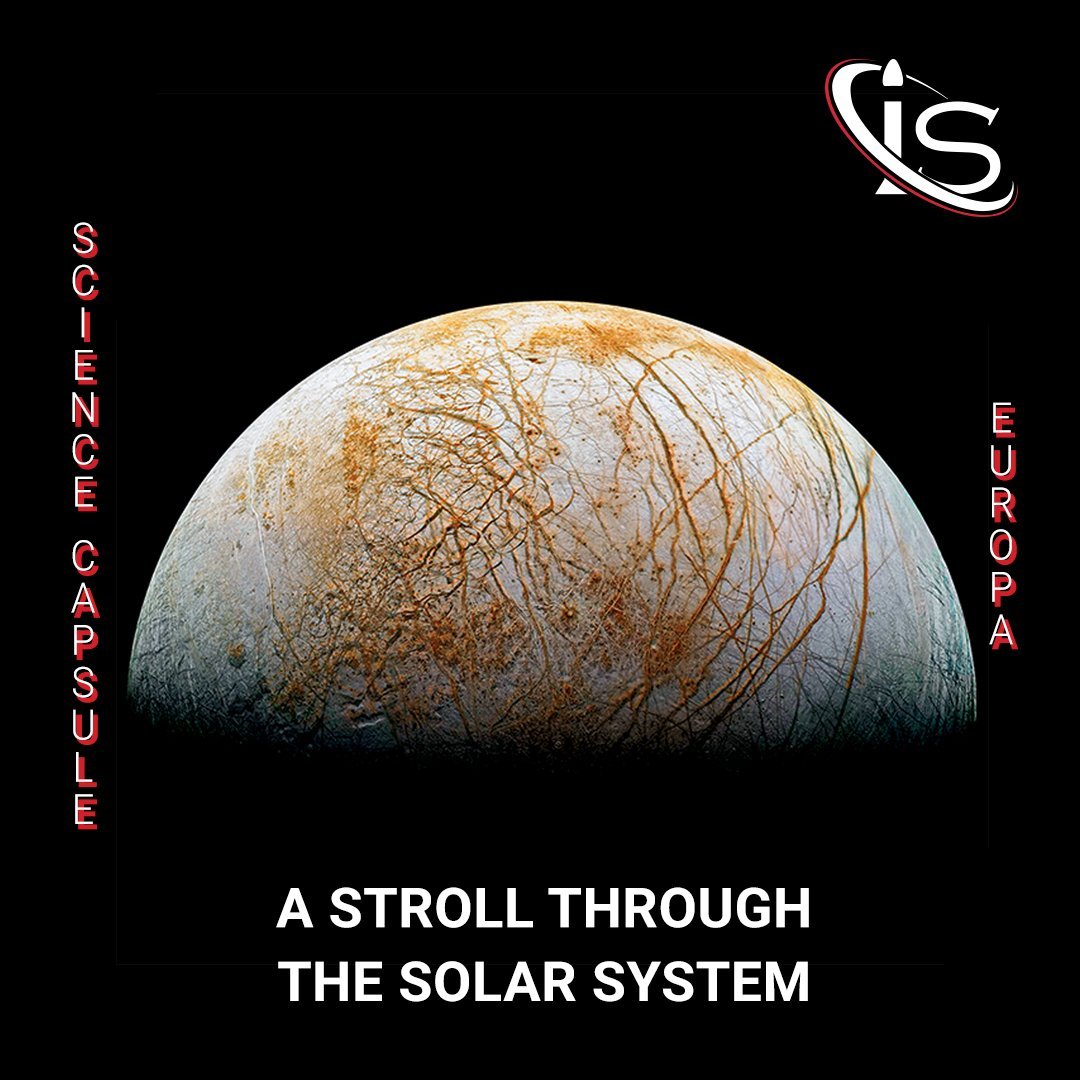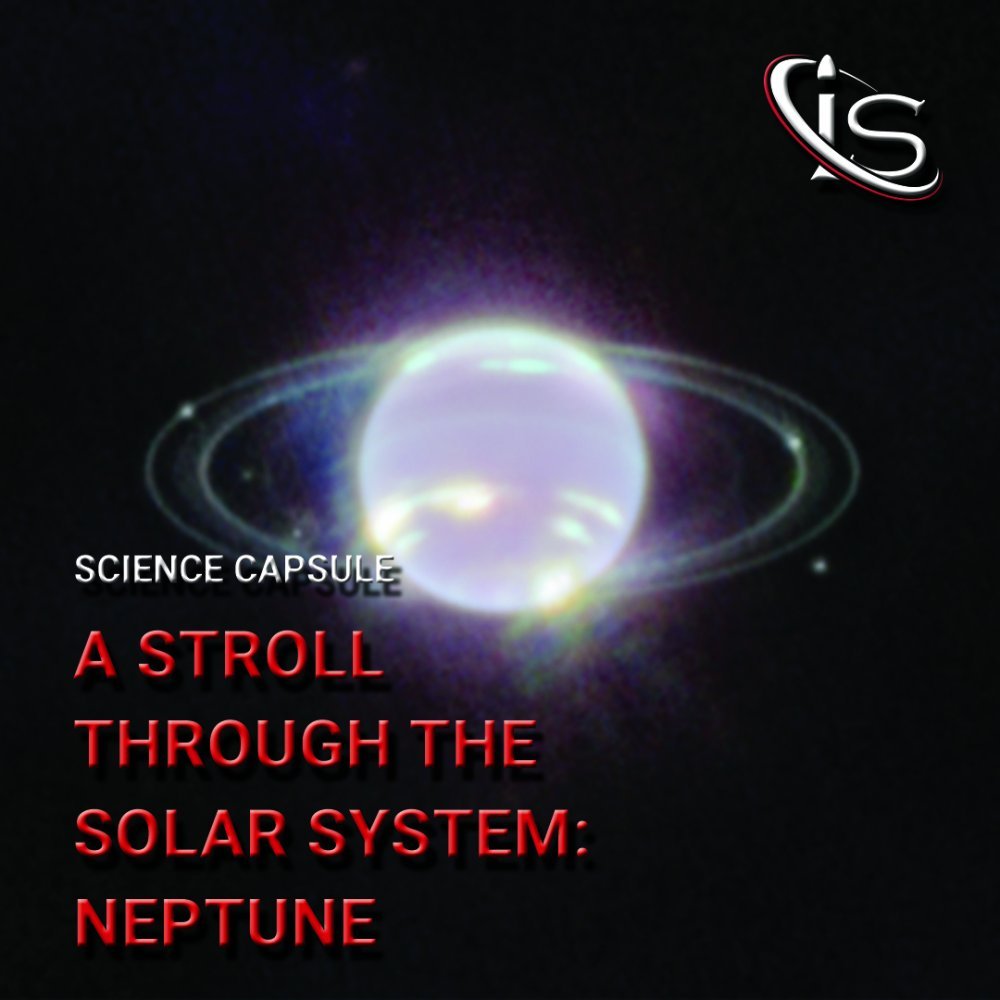Welcome back to another stroll! Today is going to be the grand finale to our analyses of the various planets in the Solar System. Of course, Earth is a bit of a special case, given that we all live on it. After all, simply going over what you can find on our planet would be the equivalent of writing an article made up entirely of well-known aphorisms. This is the reason I decided to leave it for last as, after having gone through each of the other planets, it can now serve as a sort of comparison for the rest. It will be a slightly different kind of stroll than usual but an interesting one, nonetheless.
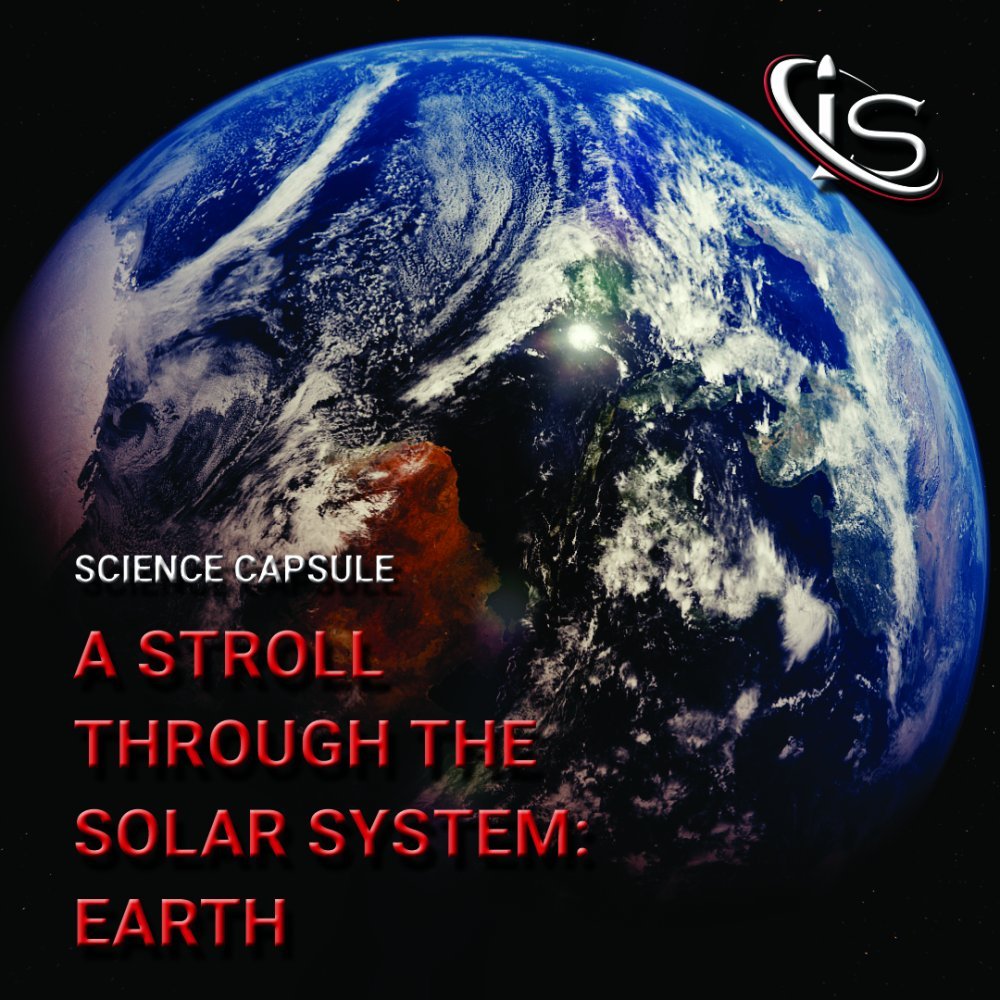
Just Right
The main focus of this science capsule will be one and one alone: how Earth has all the perfect conditions to be conducive to life. This is going to be explored in many ways, with the other planets serving as comparisons (and usually examples of what not to do, so to speak). There will, of course, also be the mythological origins section, but I think I will save that for the end. And with that, it is finally time to explore our own planet.
Earth Can Go the Distance
To start this off, let’s discuss how Earth’s orbit is the ideal one to sustain life. With a distance from the Sun of 1 astronomical unit, or 150 Mkm, Earth is perfectly placed within our Solar System. Not only does this distance lead to the temperatures that we all know (but not always love), it also gives Earth its signature 365 days year. This is valuable for a number of reasons, with the holiday season frequency, obviously, being the most important one.
All kidding aside, the length of an Earth year is crucial for how seasons unfold on our planet. If we had a year similar to Jupiter’s, which is approximately 4 333 Earth days, our seasons would all last more than 10 times as long. This would be problematic for several reasons, with the extreme temperatures that would accompany this change being the biggest one. And Jupiter’s is only the 4th longest year in the Solar System.
Imagine if we had Neptune’s year of 60 190 Earth days, or 165 Earth years. That would imply decades-long seasons, which would not be good for any living organism. Obviously, another concern with being that far from the Sun is the resulting frigid temperatures. However, I more so meant this section as a thought exercise, where the distance would mainly impact the year and seasons length, without considering the temperature ranges themselves. It really is fortunate that Earth is so, relatively, close to the Sun.
Although, we would not want to be much closer either, otherwise we’d end up with a Mercury situation, where the temperatures would be absolutely scorching when combining that distance from the Sun with our own atmosphere.
The Perfect Atmosphere… for Now
Fair warning this section will talk about climate change. So, if you are one of the people who, somehow, does not believe in it, please leave. Anyway, since I just brought up Earth’s atmosphere, we might as well talk about it now. Throughout these strolls, we have seen all types of atmospheres. From Mercury’s really thin one, to Venus’s extremely dense one, as well as all the crazy ones sported by our gas giants. Earth’s, on the other hand, is perfectly balanced, as all things should be. Sorry, my inner Thanos came out for a second there.
In all seriousness, our atmosphere is just the right blend of elements and molecules, which has made Earth the most hospitable planet around. If we were to throw this balance off even a little bit, the consequences would be catastrophic. Unfortunately, we are already seeing some of said consequences in action, with the recent uptick in greenhouse gases causing a worrying warming effect.
Yes, Earth has always had varying levels of greenhouse gases. That is the reason that we have had so many different climate ages on this planet. However, never before has the concentration of these gases shifted so rapidly. The reason is, of course, the pollution produced by humans. And while time is running out to completely reverse this global warming, it is not too late… yet. Unfortunately, it is up to us to change this trend, and with how reluctant we have been at moving away from fossil fuels, there is reason to worry. Still, many people have taken the initiative in reducing our greenhouse gas production, so I remain optimistic that we will find our way through this. And hey, if we do not, at least Earth will still be around. Although, I cannot say the same for mankind.
7.8/10 Too Much Water
The title of this section will only make sense to people around my age… and that is perfectly fine with me. But if anyone is curious about the origins behind this, you need only look up this same sentence anywhere on the internet. Trust me, it will come up. Regardless, water is the focus of this next section. And what a focus it is.
When talking about what makes Earth habitable, many factors spring to mind, but none quite as promptly as water. It is no mystery that none of us could survive without this incredible substance, so the immediate connection it has to life is very much earned.
However, the fact that we need to drink water to live is not the only characteristic that makes it crucial to life. In fact, without water, Earth’s climate would not be nearly as stable. The general reason behind this is commonly referred to as the water cycle, but the implications this has are far more reaching than many people know. So much so, that I cannot go into too much detail here, as it would lead to a science capsule within a science capsule.
Instead, for now, suffice it to say that water is a great contributor to controlling the concentration of oxygen and carbon dioxide. Obviously, both are crucial parts of our atmosphere, so being able to regulate them is quite the important job.
I will end this section here; however, if you would like to know more, than leave a comment and I might make a separate capsule on this very topic. The last thing I will mention is that, given all the amazing qualities of this compound, it is no wonder that scientists are always on the lookout for the presence of it on other planets.
Tiltin’ Away
It is time to go back to a topic I touched on in a previous section, that being Earth’s seasons. While we are all aware as to how they unfold, both in terms of length and characteristics, it is important to note what causes them in the first place. The answer is the tilt of Earth’s rotation axis. Many of you were, probably, already aware of this. But, nonetheless, I believe that it is too important of a topic to outright skip. After all, without this tilt, Earth would not be the place it is today.
Thanks to this angle of 23.4° in Earth’s rotation axis, our planet is able to have the Sun’s rays hit different regions at different angles at different times. As Earth orbits the Sun, the parts of the planet hit with the most direct sunlight will change. This not only gives rise to our seasons, but, by proxy, it also provides us with an overall more temperate climate.
After all, imagine having a tilt similar to Uranus’s 97.7°. The poles of our planet would alternate not having any sunlight whatsoever for a quarter of the year. That does not sound like the best way to sustain life.
A Helpful Companion
Like any good adventuring protagonist, Earth has a faithful companion by its side. I am, of course, talking about our beloved Moon. Now, as I have mentioned in previous strolls, I am planning on making separate science capsules on the most important non-planetary objects in our Solar System. The Moon is, naturally, included in that list, so I will leave the lion share of the discussion on this beautiful celestial body for that time.
However, what I will mention now is that the Moon, also, greatly helps Earth in maintaining the right conditions for life. After all, this satellite is what causes the tides we experience worldwide everyday. But even more importantly, the Moon has helped stabilize Earth’s so-called wobble. This has led to much more stable climates and, therefore, without the Moon, none of us might be here today.
It is also interesting how large our Moon is, with only Jupiter’s 4 major moons surpassing it in size. But again, I will get into more detail on this topic at a later time.
The Perfect Mix for Life
Now that we have established all the various factors that make Earth, well, Earth, it should be clear why this is the perfect planet for life to thrive on. The climate is not too extreme, the seasons are the right length, there is water aplenty, and the atmosphere is downright perfect. And speaking of the atmosphere, I might as well throw out the actual numbers behind it. The exact composition of Earth’s atmosphere is: 78% nitrogen, 21% oxygen, and 1% other gases.
Plate Tectonics as Far as the Eye Can See
Another feature of Earth I would like to bring up is one that is still very much related to life, but in a less obvious way. Earth, unlike, seemingly, every other planet, has tectonic plates. This means that our planet’s crust is not uniform. Instead, multiple continental and oceanic plates are present and constantly shifting over Earth’s semi-liquid mantle. This movement is what gives rise to various geological features, such as volcanoes, mountain ranges, etc. The oceanic plates, in particular, are what produce our oceans (shocking, I know), which is where life began around 3.8 Bya.
The volcanoes on Earth are, also, important to life, believe it or not. After all, they help provide some vital greenhouse gases, such as sulfur, which, in the right quantity, are necessary to maintain Earth’s temperate climate.
To finish this section off, I will mention our planet’s structure. First, there is the inner core, which is solid and made of iron and nickel metals, with temperatures of about 5 400° C. Its radius is, approximately, 1 221 km. Then, there is the outer core, which is made of iron and nickel fluids and has a radius of 2 300 km.
Next is the largest layer, the mantle, which comes in at a radius of 2 900 km. It is made of molten rock and is very viscous, thus allowing the crust’s movement on top of it. Last is the crust. Not only is this by far the smallest layer, with a radius of 30 km, but it is also the one we are most familiar with, as this is where we all live. Interestingly, the crust on the bottom of the ocean is even thinner, measuring only about 5 km in thickness.
A Normal Magnetosphere… for the Most Part
The section on a planet’s magnetosphere was something I started with the Jupiter stroll, meaning that the only ones we have discussed so far have been those of the gas giants. Of course, all of their magnetospheres are vastly different than ours (and, usually, quite bizarre). So, it is a welcomed change of pace to finally talk about a, relatively, normal one. Although, relatively is very much the key word here.
After all, Earth’s magnetic field is not without its quirks. While, it does form due to Earth’s spinning combined with its iron-nickel core, our magnetic field, also, exhibits a peculiar phenomenon. Once every 400,000 years or so, the magnetic field direction, or polarity, will flip. This means that, once this happens again, our compasses would go from pointing North to pointing South. The switch would not be immediate, of course, meaning that for the “small” length of time of a few centuries, every compass on Earth would be going haywire.
Fortunately, that is the only truly odd feature of our magnetic field, as its tear drop shape and aurorae are all textbook examples of how the Solar Wind impacts a planet’s magnetosphere.
The Strange Case of Dr. Terra and Mr. Earth
We are finally here, at the mythological origins of our beloved planet’s name. And this might be the one area where Earth is amongst the weirdest cases in the whole Solar System. That is because there are two names currently being used for our planet – that I know of, as I am sure there are other languages with even more diverse naming schemes – and both have separate origins. One is the name Earth, which is derived from the Germanic word for ground. Obviously, this is the boring one.
The other is the name Terra, which is used in the romance languages and is the name of the deity personifying the Earth itself. Of course, Terra is the Latin version of the name, with the Greek one being Gaia or Gaea. In both cases, this is one of the primordial beings of Greek mythology and the one who gave birth to the Titans, Giants, and the Hesiodic Cyclopes (not to be confused with the Homeric cyclopes that are sons of Poseidon). Unfortunately, her partner is also her son, Uranus, which, while being classic Greco-Roman mythology, is very gross. But no need to think about that too much. In fact, it is better to just try to forget that altogether. Oh, and Terra/Gaia/Gaea was also considered the ancestral mother of all life.
With all this information on the table, I have only one question: why, oh why, would you ever choose the name Earth over Terra for our beautiful planet? Especially when Terra follows the tradition of naming each planet after a Greco-Roman deity as well, while Earth does not.
The Eight Planets of Power
And with this, we are officially done with the strolls centered around the planets of the Solar System. As I said before, the next step will be to explore some of the other important celestial bodies in our proximity. We will be talking about our Moon, Pluto, Ceres, Jupiter’s and Saturn’s major moons, and much more, so, if that interests you, check back here at impulso.space every Wednesday. But not next Wednesday, as I will be taking a week’s break to gather my ideas and refresh my creative spirit. Therefore, I will “see” you all right before Thanksgiving. The American one, as the Canadian one has already passed.
